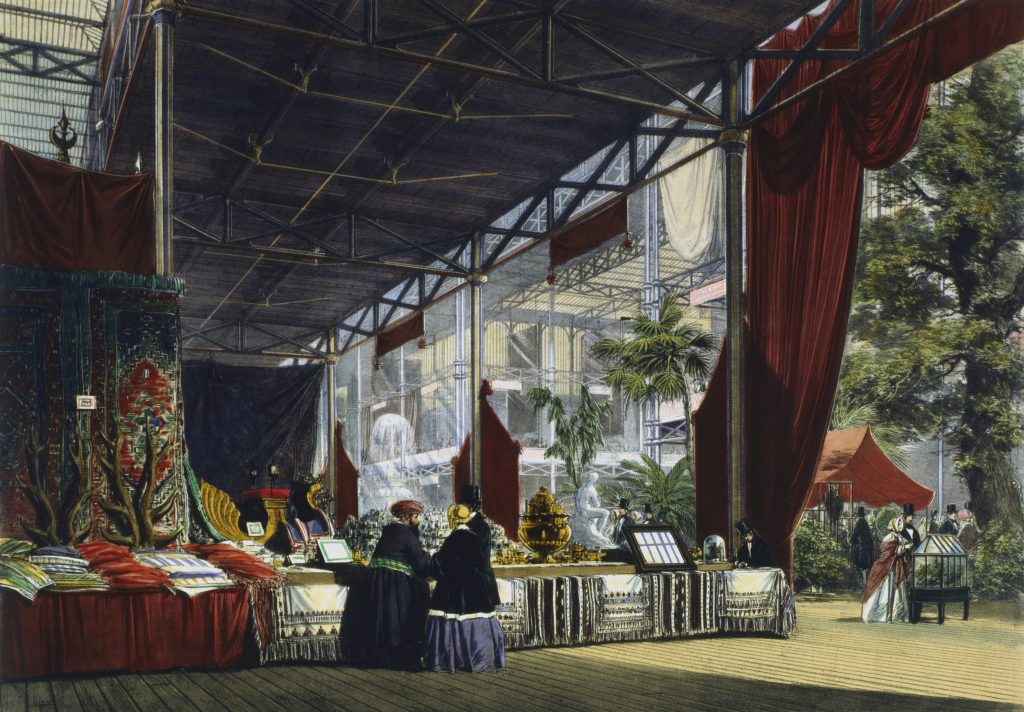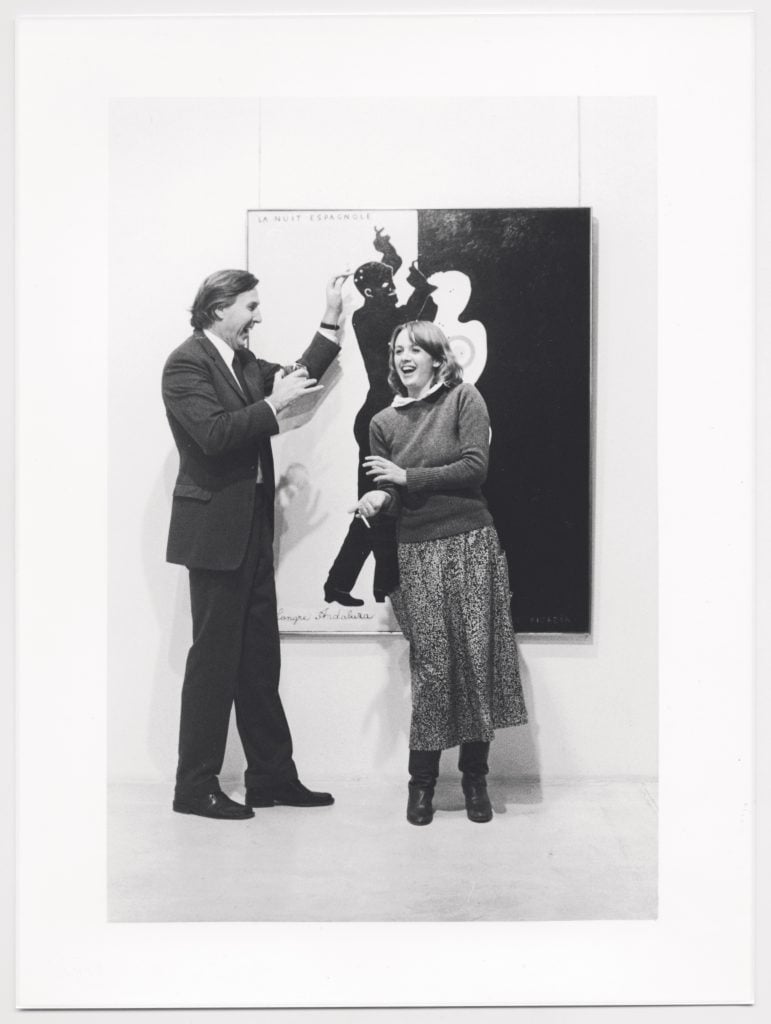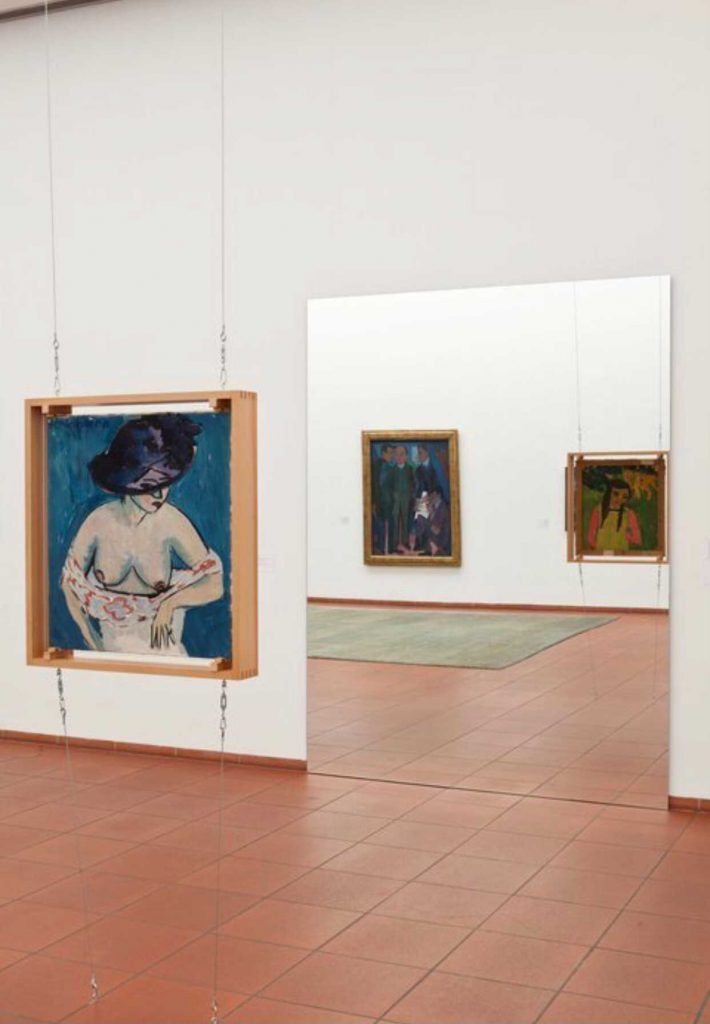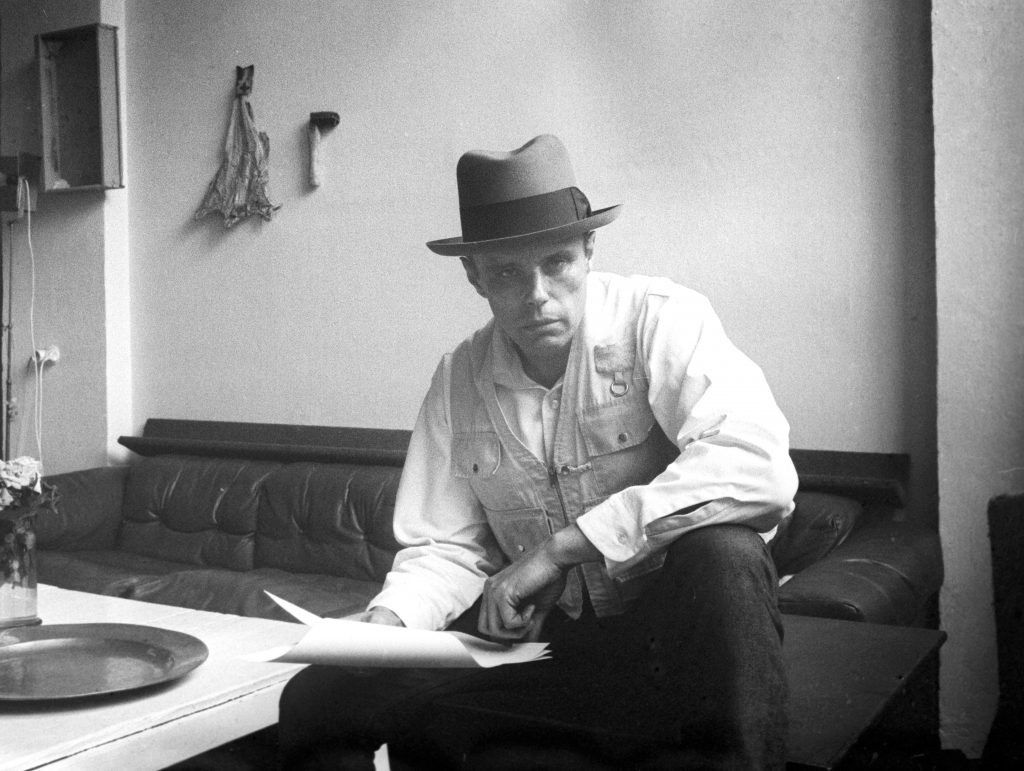Books
A Brief History of the Art Fair, From Its Roots in Medieval Marketplaces to Rudolf Zwirner’s Art Cologne (and Beyond)
Read an excerpt from Melanie Gerlis's new book "The Art Fair Story: A Rollercoaster Ride."

Read an excerpt from Melanie Gerlis's new book "The Art Fair Story: A Rollercoaster Ride."

Melanie Gerlis

In August 1932, Venice raised the curtain on the world’s first film festival, showing Dr. Jekyll and Mr. Hyde as the first in a fortnight of screenings during the city’s famed Biennale. Conceived as a showcase for new films amid a tide of American imports, it was a European cultural salvo that echoed down the ages. The film festival industry it spawned soon extended to Cannes, then Berlin and ultimately across the world. And those festivals in turn fostered a whole new audience for film and a generation of auteur filmmakers from Italy’s own Neorealism to France’s Nouvelle Vague.
Thirty years later Europe’s art dealers faced a similar challenge: how to jump start a market in a world only now ready to embrace it. Just as the continent’s economies had gone through the long slog of post-war rebuild, so its cultural centers had needed time to absorb the loss of the artists and intellectuals who had either died or emigrated. By the 1960s, Europeans were feeling a growing need to break away from an ugly wartime past. Avant-garde art, despised by the Third Reich, proved one way through. Cities such as Cologne, Bologna and Paris could boast long histories of culture and a relatively high concentration of collectors, certainly of historic art. By the early 1960s, Europe’s cities also had officials in local and national government who were able and willing to support a new start. But trade in art through galleries was limited, even on a national level.
Luckily for the Europeans, the art fair model was already in their blood. In medieval marketplaces, set at the confluence of rivers or roads, middleman traders had paid rent to offer their wares to a mass gathering of interested visitors. Meanwhile, hundreds of years of religious festivals and associated pilgrimages had elevated the importance of being in a certain place at a certain time of year. As the German dealer Johann König notes, Messe, the German word for a trade fair, is also the word for a religious mass.

Great Exhibition, Hyde Park, London, 1851. Interior view of the Crystal Palace showing two visitors being shown a stand of oriental products. (Photo by Universal History Archive/Getty Images)
As time marched on, the goods simply came from further afield. At the so-called international exhibitions that began in London’s Hyde Park in 1851, visitors paid an entrance fee to see thousands of items including elephant cloth, exotic silks and even the Koh-i-Noor diamond from India, all set in spectacular, purpose-built surrounds. For the Mayday opening of London’s 1862 International Exhibition, England’s poet laureate, Alfred Tennyson, wrote about its “giant aisles / Rich in model and design” and highlighted the
Fabric rough or fairy-fine . . .
Polar marvels, and a feast
Of wonder, out of West and East . . .
And shapes and hues of Art divine!
All of beauty, all of use,
That one fair planet can produce.
The language might be 19th-century, but the message is not so different from the press materials sent out ahead of art fairs and biennials today.

Rudolf and Ursula Zwirner with Francis Picabia’s La nuit espagnole (1922). Photo: Rheinisches Bildarchiv Köln.
About 100 years after Tennyson’s ode, the contemporary art dealer Rudolf Zwirner was sat in his gallery in West Germany’s Essen debating where best to seek out a wider audience. His choices at the time were between the nearby Düsseldorf, where Joseph Beuys had just begun to wield enormous influence at the city’s cutting-edge Kunstakademie art school, or to go a little further down the Rhine to Cologne, one of Europe’s oldest cities, with “a Catholic openness to images and culture.” Cologne won out for many reasons, Zwirner says, including its relative proximity to Bonn, at the time West Germany’s political capital and with an international airport that boasted non-stop flights to New York. Cologne had other things going for it, not least its contemporary music scene that gravitated around the homegrown, avant-garde electronic composer Karlheinz Stockhausen. For Zwirner though, Cologne’s clincher was the Sammlung Haubrich museum (now the Museum Ludwig), which seemed to mark a cultural sea-change after the country’s dark war years. Its founding came about through the 1946 donation of works from the local lawyer and collector, Josef Haubrich, who had been privately collecting works by Germany’s so-called “Degenerate” artists, forbidden by the Third Reich. A selection of a hundred of Haubrich’s works, including by Otto Dix and Ernst Ludwig Kirchner, were shown for the first time at the University of Cologne in 1946. Their audience included a young Peter Ludwig, later a chocolate magnate, a significant collector and donor of American Pop Art and a cornerstone client of Rudolf Zwirner.

Installation view, “Masterpieces of Modernism. The Haubrich Collection at Museum Ludwig” in 2012.
The shadow of the Second World War still hung over Cologne’s burgeoning trade. With the added backdrop of the 1960s trials of Holocaust organizers, the all-important American art buyers—many of whom were also Jewish—turned away from German culture. “Something had to happen to breathe new life into the stagnant art trade,” explains Rudolf Zwirner in his frank biography. So, in collaboration with his fellow Cologne dealer Hein Stünke, he founded the world’s first official contemporary art fair, Kölner Kunstmarkt, or Art Cologne, in 1967.
Often seen as a groundbreaking moment in art-market history, Stünke and Zwirner were consciously engaging with a commercial model they knew worked. Events that created a marketplace for individual traders, particularly specialists in books and antiquities, had been on the scene for centuries. As early as 1460, Antwerp’s international hub status was cemented with Our Lady’s Pand, a fair for art and book dealers that ran in the courtyard of the church that operated it for a hundred years. Germany’s Frankfurt Book Fair, the most significant in its field today, also traces its history to the 15th century.
Come the 20th century, London’s Grosvenor House Arts & Antiques fair launched as early as 1934, while book and antiques fairs were held throughout Europe after the Second World War. Temporary biennials and other non-commercial exhibitions were making their mark too. Documenta, the now five-yearly, 100-day exhibition of con- temporary art, was founded 250 miles east of Cologne in Kassel in 1955, also with the ambition to break away from Germany’s recent past.

documenta fifteen’s ruruHaus. Photo: Nicolas Wefers, 2020.
The growth of the more modern events was accelerated by the 19th-century industrial revolutions throughout the western world. With this came a marked shift in wealth away from the aristocracy—the traditional buyers of art and antiques through inheritance—towards a new breed of self-made patrons. They wanted to connect more with the art of their time and to demonstrate their success with the finer things in life. The farther-flung, the better.
This new clientele was then well-served by the marketplaces of the industrial age: department stores such as the Samaritaine in Paris and later Selfridges in London, which consolidated several traders under one roof. The notion of the encyclopaedic museum, with a wide range of artifacts from around the world, also began to take hold in Europe in the 19th century. These department stores and museums had regular opening hours all year round. But the world fairs, that started with London’s Great Exhibition of 1851, were able to generate greater excitement just by being time-limited events. Would-be buyers were even willing to pay a premium, via an entrance fee, for the temporary access to the latest and most exotic goods from all around the world.
Such a model underpins the commercial success of the modern-day art fairs. Money comes in from booth rental and entrance fees, while the temporary nature of a fair encourages related events and other local investment that keep everybody happy. A marketplace generates its own momentum. Or, as magazine Der Spiegel put it after the well-received first edition of Art Cologne, with its 15,000 visitors, “Germany’s contemporary art trade, otherwise dispersed and thus insignificant by international standards, had a metropolitan center for five days.”
The Cologne fair provided a platform for some of the emerging Neo-Expressionist artists at the time, including Anselm Kiefer, Sigmar Polke and Gerhard Richter, as well as showing American Pop artists to a European clientele. But the fair was not without its challenges, many of which would be familiar to event organizers into the 21st century.

Prof. Joseph Beuys in his atelier in Duesseldorf on 26 June 1967. (Photo by Horst Ossinger/picture alliance via Getty Images)
Art Cologne was founded very much in the spirit of post-war accessibility and freedom, with the support of the city’s liberally minded head of cultural affairs. But its venue, a banqueting hall in a medieval building, only had room for 18 galleries. Its small size contributed to a reputation for elitism. This was pounced on by the artist Joseph Beuys who, when he learnt that artists, unlike journalists, were not allowed early access to the fair, led a protest that briefly managed to shut it down entirely. Zwirner notes that Beuys was “making money inside and protesting outside.” Indeed, one of the artist’s works sold at the 1969 fair edition for DM110,000 (equivalent to €205,000 in 2021), the highest price at the time for a West German artist. And Beuys clearly overcame his objections. The Madrid gallerist Juana de Aizpuru, later the founder of the Arco fair in Madrid in 1982, says that she first met Beuys because the artist visited Art Cologne “almost every day.”
The greatest challenge to the fair, however, was competition. Initially from Düsseldorf to the extent that, between 1976 and 1983, the fair alternated between the two cities. In the end though, the real threat was from a city 500 km down the Rhine.
Excerpted from The Art Fair Story: A Rollercoaster Ride by Melanie Gerlis (Lund Humphries, 2022).